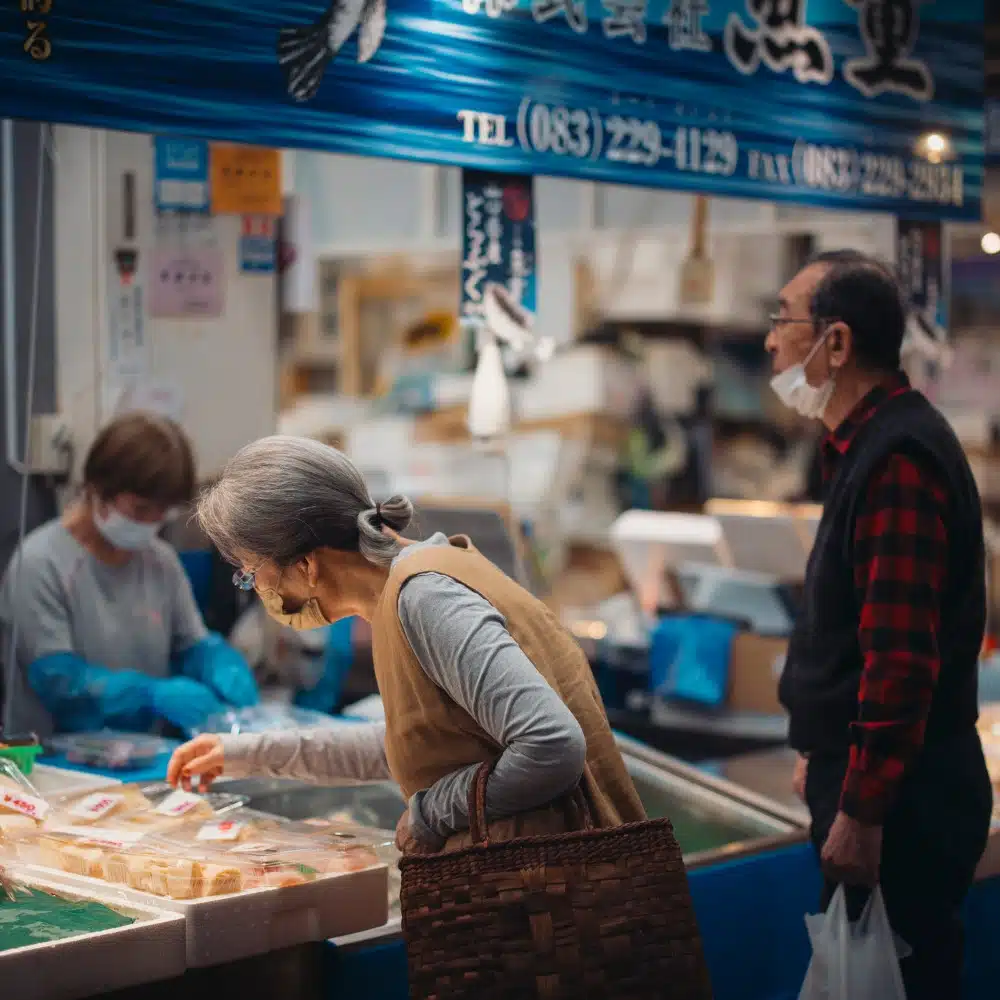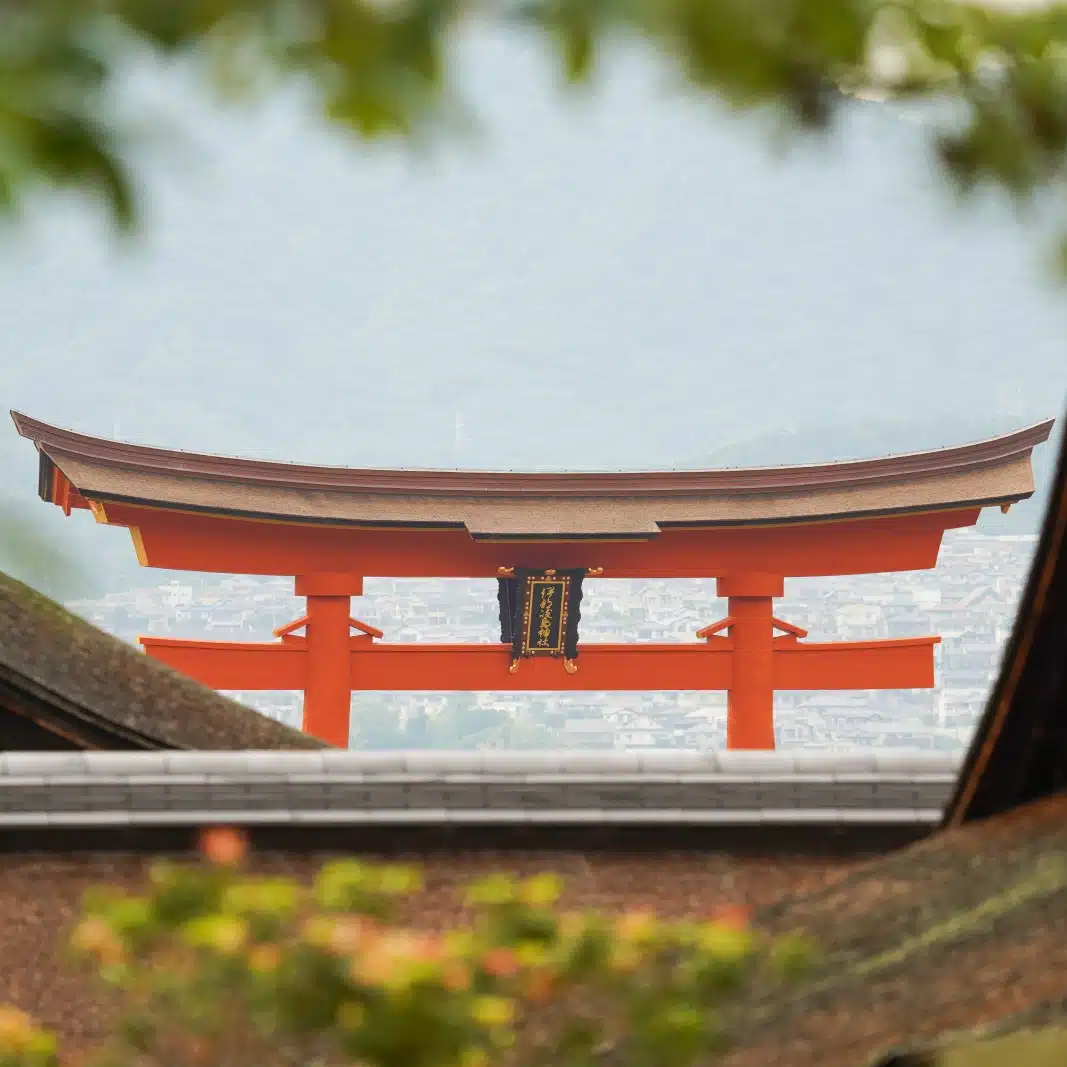Cultural immersion is a hallmark of PONANT’s luxury expedition cruises. And few cultures match Japan’s in their high regard for harmony and honor. We asked one of our Japanese colleagues where Western visitors are most apt to commit a cultural faux pau when visiting her country; without hesitation, she said, “At the dinner table.” Here are a few tips to help you make the most of your experience in the Land of the Rising Sun, while ensuring you honor and respect your host country.
It’s no secret that Japan takes its rituals very seriously. A tea ceremony, for instance, involves much more than soaking leaves in hot water. Indeed, cuisine is an intricate and vital aspect of the country’s culture. So, too, is the etiquette that dictates how it is consumed. Rooted in centuries of tradition, it reflects the Japanese values of respect, harmony, and mindfulness.
Understanding and adhering to these customs not only signals respect to your hosts but also enhances your personal dining experience. Here are six examples of Japanese dining etiquette that can help you feel like you’ve earned your place at the table.

Chopsticks
Chopsticks are fundamental to Japanese dining—but there’s more to them than just mastering where they sit between your knuckles. How you use them says a lot about your understanding of local culture.
To begin with, if you are “between bites,” avoid sticking your chopsticks vertically into a bowl of rice – even at an angle – as this resembles a ritual performed at funerals. Instead, lay them flat across the chopstick rest or the edge of your plate. But avoid placing them on the table or across a bowl in such a way that they point at someone else. Traditionally, this is seen as a threat.
When passing food to someone else, use serving utensils or the opposite end of your chopsticks to place it on a small plate. The recipient will retrieve it with their chopsticks. Never transfer it directly from your chopsticks to theirs as this is also reminiscent of a Buddhist funeral practice.
Slurping Noodles
You might think it rude to make a lot of noise when you eat. But in Japan, slurping your noodles, particularly when eating ramen or udon, is not considered impolite. In fact, it’s encouraged. For the locals, this isn’t about making noise at all. Instead, it shows that you are enjoying the meal. It’s a way of expressing appreciation to the chef. So, don’t be shy about slurping your noodles – just don’t be too loud; excessive noise can still disrupt the dining experience of others.

Saying “Itadakimasu” and “Go-chiso-sama”
Before you start eating, it’s customary to place both hands on your chest and say Itadakimasu, which roughly translates to “I humbly receive.” Similar to saying grace around Western tables, this phrase expresses gratitude for the food you are about to enjoy and for the effort put into preparing it. It is also customary to compliment the host on the beauty of the meal. The eldest guest at the table should be the first one to start eating.
Similarly, after finishing your meal, say Go-chiso-sama (“It was a feast”), which conveys gratitude for the meal. This simple expression shows respect for the food, the chef, and the people who made the meal possible.
Pouring Drinks for Others
When dining with others, especially in a social setting, it’s customary to pour drinks for each other. If someone pours your drink, it’s polite to reciprocate by offering to pour theirs as well. You might think that this practice gets confusing, with so many people offering to fill everyone else’s glasses. But it all works well and brings laughter and feelings of good will to the table.
When you pour, hold the bottle with both hands, and ensure that your companion’s glass is never empty. This practice reflects the Japanese value of mutual respect and caring for one another.
At all meals where alcohol is served, no matter the occasion, everyone waits to take a drink until all glasses are filled and a toast is made.

Use of O-shibori
In many Japanese restaurants, you will be provided a warm, damp towel called an o-shibori before the meal. Use it to clean your hands before you begin eating. When using the o-shibori, unfold it neatly and refold it when you’re finished, keeping it on the plate provided. This is a sign of respect and cleanliness, and it shows appreciation for the service provided by the restaurant.

Finishing Your Plate
Leaving food on your plate – even a single grain of rice – can be seen as wasteful and disrespectful to the chef’s efforts. If you’re worried that you’ll be served more food than you can comfortably eat, politely ask to serve yourself and simply take smaller portions. Then you can request more later. By finishing your plate, you demonstrate your appreciation for the meal and the resources that went into preparing it.
On board your PONANT luxury small ship, you and your fellow travelers will have many opportunities to practice Japanese dining etiquette in the elegant dining room. Then you can put your learning to the test while you’re exploring the islands and sampling their fresh, delicious cuisine. Soon, you’ll be complimenting the chef with a hearty Go-chiso-sama!


Join us in Japan
We hope you’ll join PONANT in the fascinating islands of Japan.







